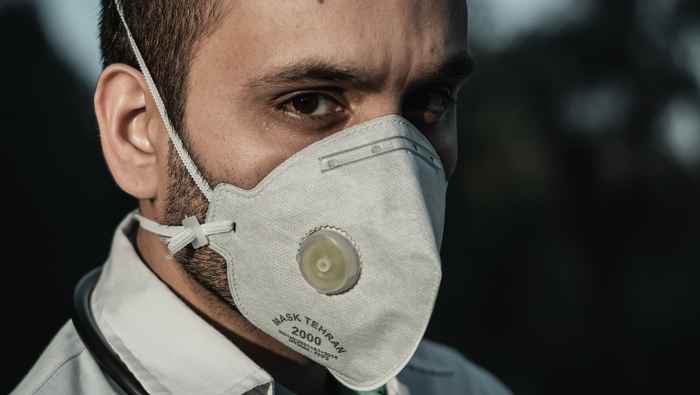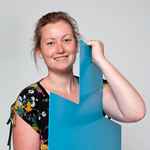Reflecting on the IIS elective course Pandemic
1 April 2021

In order to help students reflect on the strange circumstances they suddenly found themselves in, the aim was to launch the course as early as September 2020. Therefore, in April, a short, exciting course development period began that would ultimately lead to the course Pandemic. In this course development period, many different experts had to be contacted in order to realise the design of the course. During the course period of 14 weeks, pandamics were studied at a different scale each week - starting at the cellular level and ending at the global level.
Different perspectives
Every week, a guest lecturer who had a lot to say about the here and now was paired with an expert who knew a lot about the history of the connection between viruses (and other pathogens) and animals, including humans. These current and historical perspectives complemented each other.
This combination helped students both to understand the current situation a little more and to place it in a very broad historical perspective. This enabled students to distance themselves somewhat from the day-to-day issues they were confronted with through the many media outlets.
Experts from within and beyond the UvA

Fortunately, it was easy to find 28 committed experts who wanted to participate, despite the fact that they were very busy with their own coronavirus research. Due to the fact that the course had to be taught online, we replaced lectures by pre-recorded interviews and live discussion sessions in which the guest lecturers could also discuss with a colleague.Esther Quaedackers, IIS lecturer and course coordinator
Many excellent researchers from across the UvA, ranging from biologists and medics to economists and people working in the digital humanities, were able to contribute. This allowed students an inspiring glimpse into the way the UvA community was working to tackle the pandemic in so many different ways.
Not only UvA scientists contributed to the course, but people external to the UvA, such as Ab Osterhaus, Marion Koopmans, the American historian John McNeill and many others, were willing to record material for the students and enter into discussions with their colleagues and the students.
Positive contribution
The course evaluations for Pandemic showed that students highly appreciated the diversity that was characteristic to the course, and that it played a constructive role for them during the coronavirus crisis. Esther explains: "The best compliment that came from the evaluations was that students experienced more headspace to think about their own situation in different ways, because of all the changing perspectives, which even had a positive effect on their mental state."